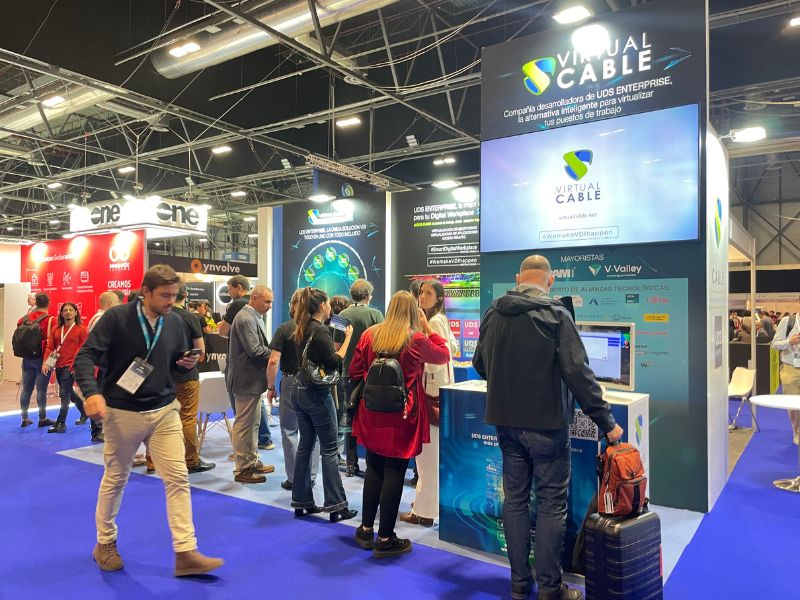UDS Enterprise 4.0 provides greater flexibility, empowering hybrid and multicloud environments
Virtual Cable has announced that the new version of its digital workplace solution, UDS Enterprise 4.0, will be compatible with leading public cloud platforms: Google Cloud, Huawei Cloud, and OVHcloud, joining AWS and Microsoft Azure, which were already supported. These new developments have been designed to provide organizations with more flexibility to choose the most suitable technologies to create a secure, efficient workplace virtualization platform with the performance their users require, maximizing return on investment.
The company also confirmed that the upcoming release of UDS Enterprise, currently in development, will include support for new on-premises platforms, such as Scale Computing and OLVM (Oracle Linux Virtualization Manager), offering more options for creating hyperconverged environments and virtualization solutions based on free and open-source technologies.
The new virtualization systems and cloud platforms supported in UDS Enterprise 4.0 further expand the possibilities for creating hybrid and multicloud environments, with the advantage of performing automatic and intelligent overflow between on-premises and cloud environments. This functionality, managed by Virtual Cable’s innovative Meta Pools technology, optimizes resource usage, guarantees maximum performance, and precisely adjusts costs, ensuring greater efficiency.
Another highlighted feature in this same line will be High Availability (HA) in the Meta Pools, which will automatically detect an environment failure and intelligently redirect users to services hosted on another operational platform. This feature also facilitates the automatic configuration of any backup solution without the need for manual intervention, ensuring maximum data availability and security.
These innovations directly address the demands of Virtual Cable’s partners and clients, further reinforcing the company’s commitment to actively listening when shaping the roadmap of its solutions, which combine desktop virtualization, virtualized applications, and remote access to physical machines from a single console. This centralization not only allows for more efficient management of workstations distributed across multiple locations, but it also enhances the user experience by reducing latency through the use of suitable local infrastructure. Additionally, it ensures compliance with each country or region’s regulations, which is critical in highly regulated sectors. In this way, the company stays at the forefront of industry trends, such as the growing adoption of hybrid and multicloud environments.
All these updates were announced at Cloud Expo Europe, part of Madrid Tech Show 2024, currently taking place at IFEMA Madrid. Virtual Cable joins over 400 exhibitors, who will welcome more than 18,000 ICT professionals at the largest showcase of cloud solutions in Spain.
“Madrid Tech Show allows us to show industry professionals how our smart digital workplace solutions are improving the way businesses operate in the digital age,” says Félix Casado, CEO of Virtual Cable. “Our approach goes beyond desktop or application virtualization; it enables the creation of a fully adaptive work environment that allows businesses to manage their resources intelligently, optimize performance, and enhance the end-user experience. By integrating advanced technologies, such as automation, AI, and virtualization, we ensure secure and flexible access to tools and data from anywhere, adapting to employees’ needs at any time.”
With the updates to UDS Enterprise, Virtual Cable reaffirms its commitment to providing innovative, secure, and sustainable technology solutions that equip clients with the necessary tools to enhance competitiveness and ensure the continuity and success of their operations. These features are essential in a smart digital environment, as the flexibility to integrate different technologies not only ensures that companies can quickly adapt to market changes, but also guarantees resource and cost optimization, resulting in increased productivity and operational sustainability.








0 Comments